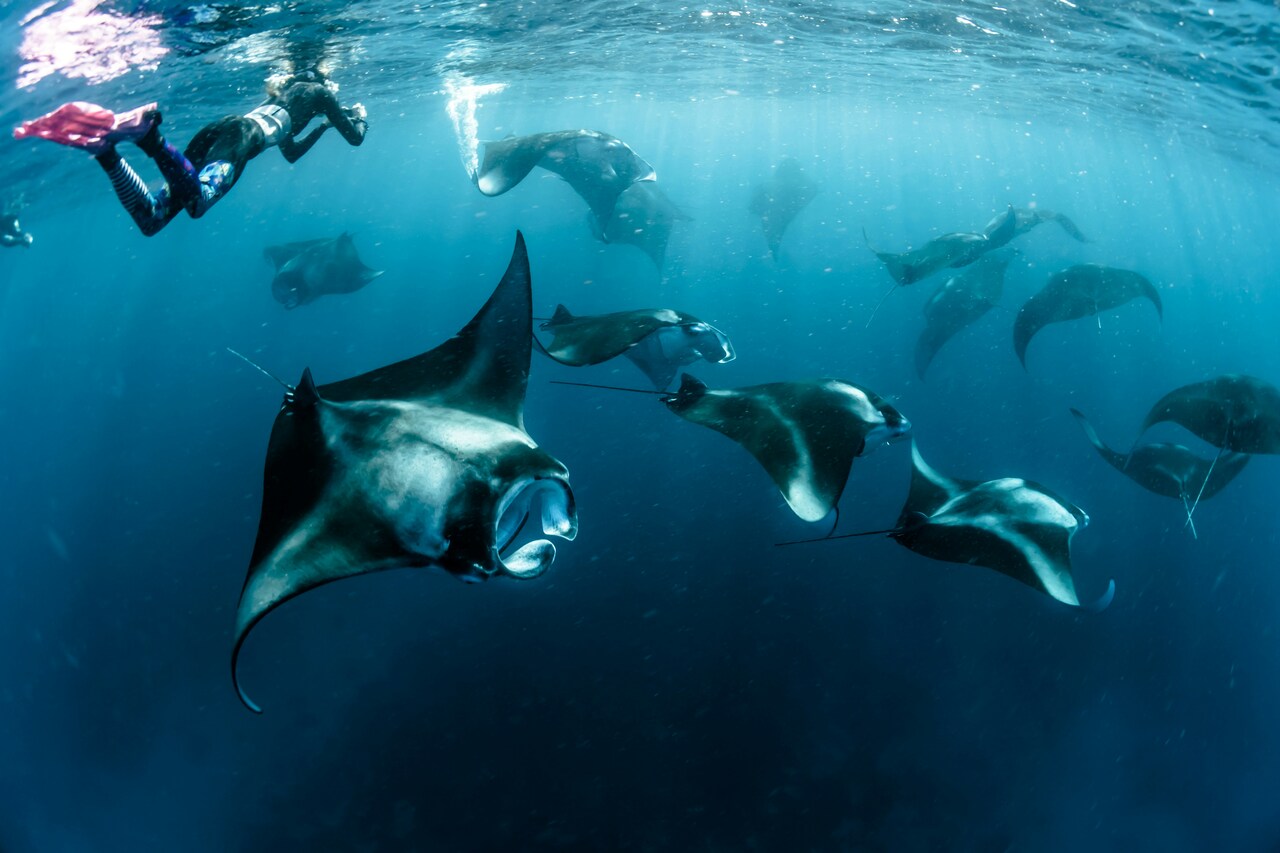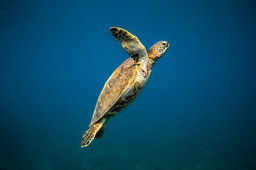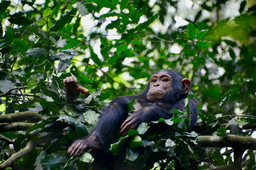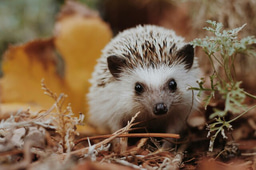Third Manta Ray Species Mobula yarae Discovered in the Atlantic Ocean

The third manta ray species, Mobula yarae has been formally described by scientists, 15 years after its existence was predicted by renowned manta ray expert Dr. Andrea Marshall.
Scientists from the Marine Megafauna Foundation (MMF) are celebrating the formal announcement of the discovery of a third species of manta ray, Mobula yarae, found exclusively in Atlantic Ocean waters. These gentle giants have unique “V-shaped” shoulder patches and we’re literally watching evolution happen in real time! 🧬
Published in Environmental Biology of Fishes, the new description represents the culmination of a 15-year scientific journey that began with observations by MMF co-founder Dr Andrea Marshall in 2009.
Marshall’s study revolutionised manta ray science by formally separating manta rays into two distinct species – the giant oceanic manta, mobula birostris (formerly manta birostris; the species were reclassified in 2017), and the smaller reef manta, mobula alfredi.
In that same landmark paper, Marshall predicted that a third manta ray species existed in the Atlantic Ocean. Although she was confident of her prediction based on years of studying their morphology, proving the link required genetic confirmation.
Writing in 2022, Marshall said that she had recognised the difference between Atlantic mantas and other populations immediately, but said that at the time, it would be challenging to convince others.
The Atlantic mantas, found in tropical and subtropical waters from the eastern United States to Brazil, including the Gulf of Mexico and Caribbean Sea, were designated Mobula cf birostris (where cf denotes uncertainty over the classification) while research continued.
With formal classification now complete, the new Atlantic manta ray species has been named Mobula yarae after Yara, a water spirit from Indigenous Brazilian mythology.
__________________________________________________________________________
The discovery story is WILD - involving midnight specimen rescues, cross-country road trips with frozen mantas, and even a police stop! 🚔
Head to the Marina Megafauna Foundation website and read the complete incredible story behind this groundbreaking discovery and why it’s crucial for manta ray science and conservation 👉 https://marinemegafauna.org/news/third-manta-ray-species-mobula-yarae-discovered-in-atlantic-ocean





Please sign in or register for FREE
If you are a registered user on WildHub, please sign in
🌊 Wow, Flavia, what a thrilling testament to scientific perseverance and storytelling magic! The saga of Mobula yarae, from bold prediction to confirmed species, is not just a triumph of marine science but a celebration of curiosity, patience, and imagination. Those V-shaped shoulder patches feel almost symbolic of the evolutionary crossroads we’re witnessing.
🚙 And that road-trip-with-frozen-mantas anecdote? Wild in the best sense! It brings such a human element to this deep-time scientific moment. Naming the species after Yara, the Indigenous Brazilian water spirit, adds a powerful cultural resonance to the discovery. It reminds us how mythology and science can harmonize in conservation narratives.
✨ I’d love to hear your thoughts: How do you think stories like this, rich in science and spirit, can be leveraged to inspire greater marine conservation action and public engagement?
Thanks for sharing this milestone with the community
This story captures what makes conservation storytelling truly powerful: a groundbreaking scientific discovery, the perseverance and personal resilience behind it, cultural and mythic depth, and a clear call to action. When shared with intention, it doesn’t just inform, it moves people. It builds emotional connection, sparks curiosity, and drives real-world commitment to protect our oceans.